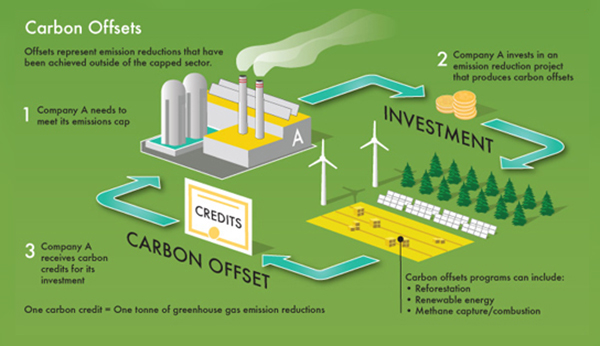
- MAIN
-
ABOUT
-
SOLUTION
- CONTACT US

Carbon Pricing
Carbon credits put a price on carbon reductions, therefore representing a clear way in which companies and individuals can be empowered to address the unavoidable impact of their business and choices on the environment. By placing a value on the ecosystems that support our planet, carbon credits internalize the invisible costs of everyday choices and allow a sustainable market place to emerge.
The lowest cost, most immediate climate change solution is to protect threatened forests. Avoiding the destruction of forests would have the same impact as taking more than 600 million cars off the road. It also delivers many other benefits to the animals, people, supply chains and businesses that rely on the services provided by forests around the world. Putting a value on the carbon storage systems of rainforests is an innovative and effective way to protect them.
How Would A Retailer Or Consumer Currently Buy Carbon?
It is possible for an individual to buy carbon today, but there is no mainstream solution and it is not easy to do. Individuals may already be paying for carbon emissions from some aspects of their lifestyle where regulation exists. For example, in the European Union, there is an emissions trading system which puts a price on energy use, but individuals might not even realize how this affects them.
Individuals can purchase carbon through a website where they approximately calculate their carbon footprint either for the year or for a single holiday or flight, and then purchase the carbon credits to address those emissions. Purchases are generally in tons of CO2e. With the average person in the UK responsible for about 10 tons of CO2e per year, measuring in tons is crude; as a one-off purchase, it is not possible to directly connect such carbon credits to our everyday activities.
Individuals demand more transparency and prefer to buy from companies with a strong environmental and social purpose. In fact, more than 9-in-10 millennials would switch brands to one associated with a good cause. To address this shift, a growing percentage of companies are attempting to understand the carbon footprint of their products and services and do something about it. For example, a banana’s carbon footprint is 80 grams, which includes farm production, transport, and ripening. Knowing the carbon footprint or an approximation means that companies can factor the price of carbon into their products. If carbon credits are attached to the impact of that product, the product could even become a positive climate action.


